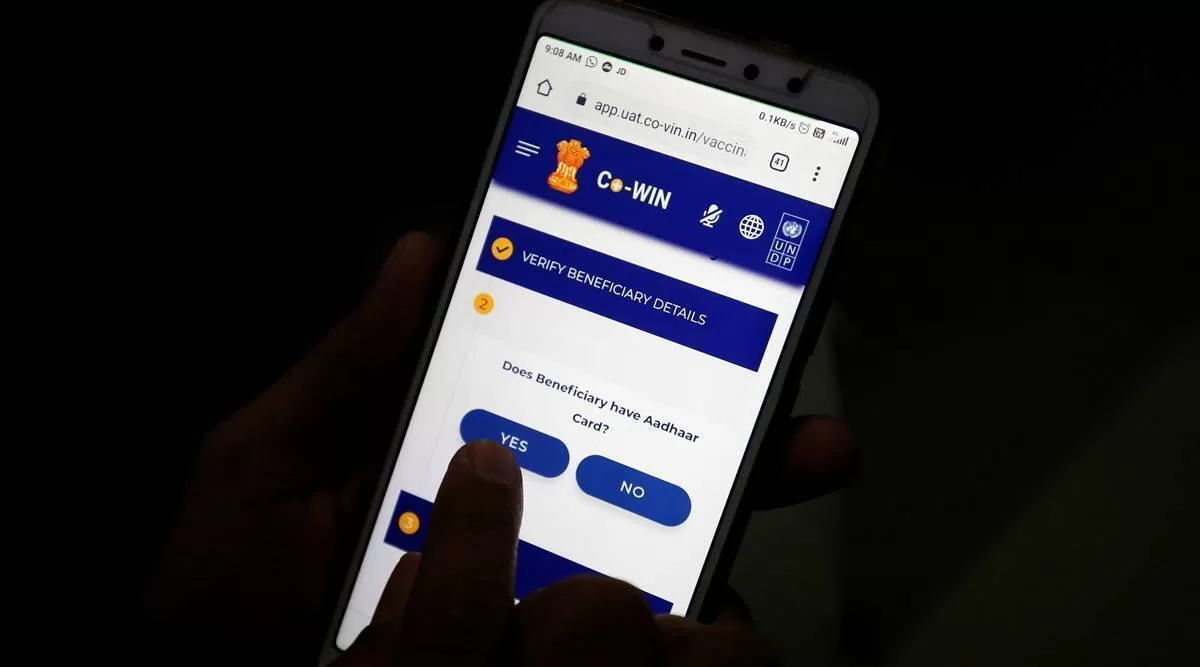India leveraged information and communications technologies (ICTs) during the pandemic. Digital health solutions played a crucial role in bridging the gap in healthcare delivery as systems moved online to accommodate contactless care
Under the scheme, citizens can link, store, and share their health records, which creates a longitudinal health history for patients, allowing doctors to provide better diagnoses and treatment.
Written by R. S. Sharma
January 5, 2023 07:30 IST
.
India has demonstrated its digital prowess by building digital public goods (DPG) — the digital identity system Aadhaar, the DPGs built on top of Aadhaar and the Unified Payments Interface. While Aadhaar has become central to India’s public service delivery architecture, UPI has transformed how payments are made. Our digital public infrastructure has reached the last mile, enabled by 1.2 billion wireless connections and 800 million internet users.
India leveraged information and communications technologies (ICTs) during the pandemic. Digital health solutions played a crucial role in bridging the gap in healthcare delivery as systems moved online to accommodate contactless care. Some examples of DPGs developed during the pandemic include the Covid Vaccine Intelligence Network (CoWIN) and the Aarogya Setu application. CoWIN propelled India to adopt a completely digital approach to its vaccination strategy. Aarogya Setu provided real-time data on active cases and containment zones to help citizens assess risk in their areas. Telemedicine platforms saw a steep increase in user acquisitions, as 85 per cent of physicians used teleconsultations during the pandemic, underscoring the need to better incorporate cutting-edge digital technologies into healthcare services.
Although the impact of the pandemic on health services put the spotlight on the benefits of digital innovation and technology-enabled solutions, private entities, health technology players, and the public sector have been driving digitisation in the sector for some time now. It has become clear that a comprehensive digital healthcare ecosystem is necessary to bring together existing siloed efforts and move toward proactive, holistic, and citizen-centric healthcare.
Recognising this need, the government has created shared public goods for healthcare and developed a framework for a nationwide digital health system. This brought healthcare to a turning point in India. The PM launched the Ayushman Bharat Digital Mission (ABDM) on September 27, 2021, under the aegis of the National Health Authority. Within a year of its launch, ABDM has established a robust framework to provide accessible, affordable, and equitable healthcare through digital highways.
India assumes the G20 presidency this year. The G20 Global Initiative on Digital Health calls for the creation of an institutional framework for a connected health ecosystem to bring together global efforts for digital health. It also calls for the scaling-up of technologies such as global DPGs to accelerate Universal Health Coverage.
The ABDM has implemented vital building blocks to unite all stakeholders in the digital healthcare ecosystem. The Ayushman Bharat Health Account (ABHA) creates a standard identifier for patients across healthcare providers. With the ABHA and its associated Personal Health Record (PHR) app, citizens can link, store, and share their health records to access healthcare services with autonomy and consent. With more than 300 million ABHAs and 50 million health records linked, the mission is growing at a massive rate.
The Health Facility Registry (HFR) and the Health Professional Registries (HPR) provide verified digital identities to large and small public and private health facilities and professionals. This enables them to connect to a central digital ecosystem while serving as a single source for verified healthcare provider-related information. HFR and HPR improve the discovery of healthcare facilities and help health professionals build an online presence and offer services more effectively. The Drug Registry is a crucial building block designed to create a single, up-to-date, centralised repository of all approved drugs across all systems of medicine.
The Unified Health Interface (UHI) is another DPG at the cusp of market launch. It aims to strengthen the health sector by enabling all healthcare service providers and end-user applications to interact with each other on its network. This will provide a seamless experience for service discovery, appointment booking, teleconsultations, ambulance access, and more. The UHI is based on open network protocols and can address the current challenge of different digital solutions being unable to communicate with each other.
To give UHI the necessary push, the government is repurposing Aarogya Setu and CoWIN. Aarogya Setu is being transformed into a general health and wellness application. At the same time, CoWIN will be plugged with a lite Hospital Management Information System (HMIS) for small clinics, to bring digitisation to the masses. Another use-case of ABDM is scan and share, which uses a QR code-based token system to manage queues at hospital counters. It uses the foundational elements of ABHA and PHR to streamline the outpatient registration process in large hospitals.
With the implementation of digital solutions, the next step is to digitise and automate the insurance claim settlement process through the Health Claim Exchange platform. This will make claim-related information verifiable, auditable, traceable and interoperable among various entities, enabling claim processing to become inexpensive, transparent and carried out in real time.
The government is also planning to expand its digital initiatives in the healthcare sector with Heal by India, making India’s healthcare professionals’ services available worldwide. Additionally, a platform is being developed to automate the allocation of deceased organ and tissue donations, making the process faster and more transparent.
The ABDM has proven to be a valuable asset and its adoption across states has been accelerated by the National Health Authority. It aims to build the foundation for a sustainable digital public infrastructure for health, enabling India to achieve universal health coverage. The mission embodies G20’s theme of “Vasudhaiva Kutumbakam” or “One Earth. One Family. One Future”.
The writer is CEO, National Health Authority
© The Indian Express (P) Ltd
